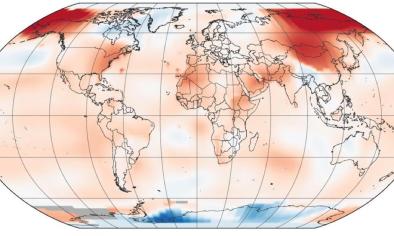The High Price of Protecting Arctic Towns From Tsunamis and Icebergs

An island with a 3,893-foot granite mountain juts out of the icy ocean in Greenland’s Karrat Fjord. Beside icebergs the size of football fields lies the seaside village of Uummannaq, which served for centuries as an economic hub until it was abruptly wiped away.
The area has been populated by Inuit people for about 5,000 years and became a Danish municipality in 1763. The village’s population of about 1,200 hauled about 100 metric tonnes of halibut out of the waters each year and catered to Arctic tourists. On the morning of June 17, an Arctic tsunami ravaged Uummannaq and neighboring Nuugaatsiaq. Evidence suggest a climate-induced disaster in which a mountain landslide created 270-foot waves.
...
Erosion, landslides, and tsunamis are common above the Arctic Circle. It’s a natural consequence of the seasonal expansion and retraction of the ice. As the permafrost melts and waves batter communities, millions are spent annually on beach berms and port defenses in a losing battle to protect the area.
...
Approximately 200 miles south from Uumannaq lies Ilulissat. Sitting at the end of a fjord, the city—whose name means “icebergs” in Inuit—is one of the few places in Greenland where the ice cap reaches the sea. Ice chips off into the water here at a rate of 20 billion tonnes a year. More ice is dumped into the sea here than anywhere else on the planet with the exception of Antarctica. As a result, the area is the source of most Atlantic icebergs. Bergs born here are scooped up by the Labrador Current and carried south, where container ships make enticing floating targets.
“There’s been a lot more ice from Greenland coming into the ocean in the last decade,” says the University of Alaska’s Martin Truffer, who uses ground-based radar to measure glacial movement. “The destructive power of these things is phenomenal.”
Temperature increases mean more landslides, icebergs, and tsunamis. It also means more shipping and a lot more risk.
Related Content




